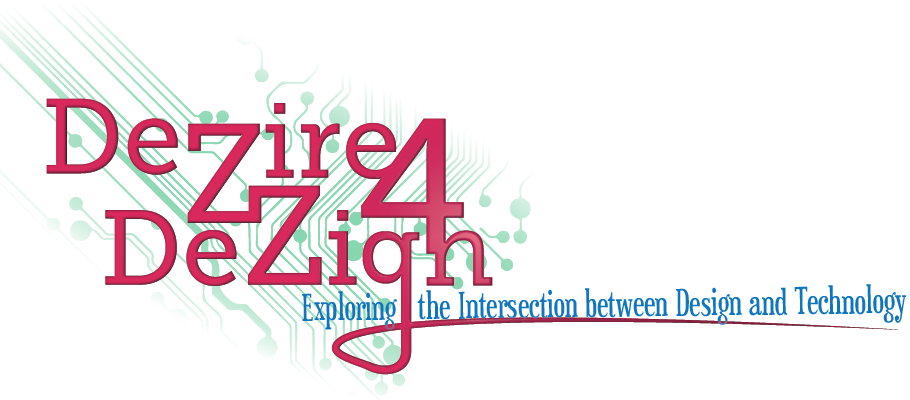A multitude of online language learning
platforms are out there to support the learning experience. Most of them
provide mobile apps to interact with the platform, but I argue that not all
apps are equally supportive to foster growth of the platform itself.
 A language learning platform that I personally
use almost daily and want to base my argument on is Memrise. The platform
establishes a community by providing individuals the features to create
flashcard style courses for foreign language vocabulary and share them with
other users who can study and rate them. A core principle and differentiating
factor of the platform are the so called "mems" (mnemonics), a visual
representation or other kind of hook that helps you remember the word or fact
you want to learn. People choose Memrise because they can leverage all the
crazy mems in the system created by other users and they can contribute their
own created mems to share with the community.
A language learning platform that I personally
use almost daily and want to base my argument on is Memrise. The platform
establishes a community by providing individuals the features to create
flashcard style courses for foreign language vocabulary and share them with
other users who can study and rate them. A core principle and differentiating
factor of the platform are the so called "mems" (mnemonics), a visual
representation or other kind of hook that helps you remember the word or fact
you want to learn. People choose Memrise because they can leverage all the
crazy mems in the system created by other users and they can contribute their
own created mems to share with the community.
In the following I discuss Memrise as an
example to illustrate how the user interface design of a mobile application for
a technology enabled digital platform needs to serve two purposes: On the one hand, it
needs to provide utility for the user, but on the other hand, equally important
it needs to serve the interest of the platform by facilitating especially those
interactions that create a hook to keep the user stick to the platform and
foster network effects.
The Memrise app is an awesome tool in
generating value for the user. It gives free of charge access to all courses
and even the option to download them for offline use for learning vocabulary at
the bus stop or supermarket queue. The app therefore receives mostly positive
reviews and when there are bad reviews they are generally more related to
technical issues.
However, in my opinion, the main weakness of
the app is that it encourages passivity at the user site. It fosters a
consuming attitude and less an attitude of engagement. A successful web
platform lives from user engagement and this is especially true for a platform
like Memrise that requires users to create content like the online courses and in
particular the mems that make this platform stand out. Imagine Facebook without
any new postings, but everybody only reading.
In the case of Memrise I would like to
highlight two areas that can strengthen the affiliation and engagement with the
platform and improve network effects
- Own content creation
- Appreciation of the content by other users
When users start creating own content it gives them
a stake in the platform. They have invested time and created value for
themselves and the community. In contrast to the Memrise browser version the app
is missing any option for users to create mnemonics on the go. This is
especially sad when you learn a word on the bus, have a much better idea to
remember the word than all existing "mems" but can't contribute it to
the community. The browser version provides a very simple but effective "mem"
creator that searches a picture on the web and lets you add a short text to it.
Adding this feature to the app would certainly increase one of Memrise's
largest assets.
It's great to post something on Facebook and
see when people are liking your contribution or commenting on it. It's an
equally good feeling when contributing a "mem" to the Memrise
platform and receiving appreciation for the good idea. Unfortunately this part
of showing appreciation for the contribution of others and receiving
appreciation for your own content is missing on the app. I think even an easy
rating button in the app could be an important tool for creating engagement and
a sense of belonging to a community.
Memrise did a great job to address the
community and content creation aspect in the browser version, but so far has
not been able to deliver the same experience on the mobile platform. Especially
with an increasing part of interaction happening mobile this aspect grows in
importance. Platform owners should therefore develop an idea of what
interactions drive the growth of their platform and bring those interactions to
the mobile platform.
I believe not only Memrise struggling with the
design challenge of capturing the benefits for users and the platform alike. If
you have examples that managed this challenge particularly well or bad, I'm
looking forward to hearing from them.












